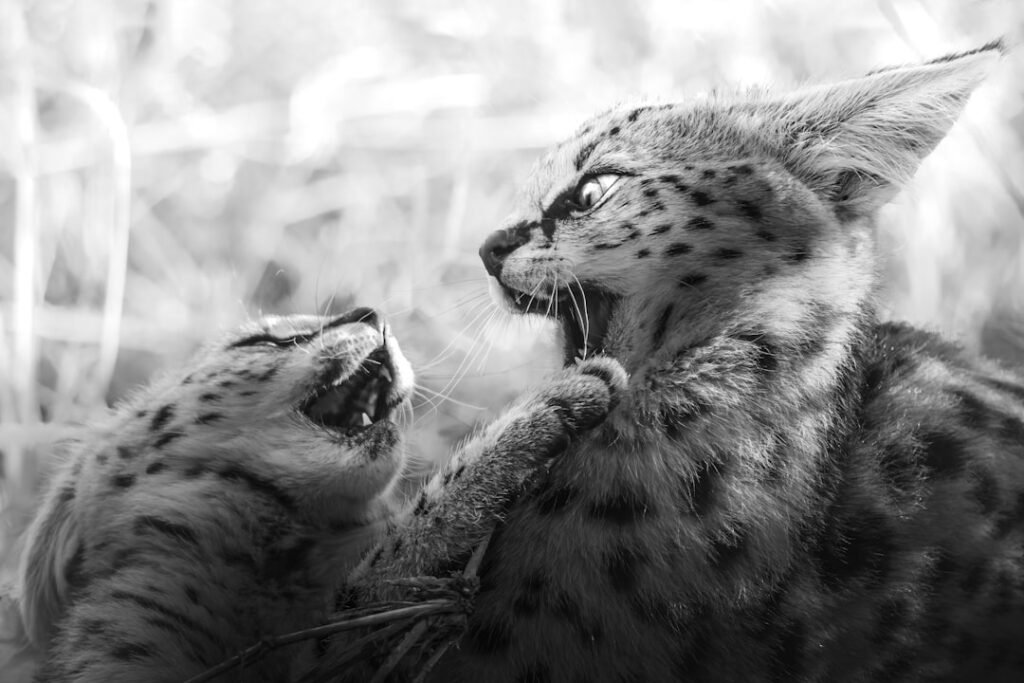Across rainforests, rivers, and reefs, a surprising arms race plays out at the edge of the lips. Hunters and escape artists have turned mouths into cannons, nets, suction drills, and glue guns, rewriting what a “bite” can be. For scientists, these are not curiosities but blueprints, hinting at new adhesives, surgical tools, and soft-robotic grippers. The story is part thriller, part lab notebook: a mystery about how muscle, mucus, and micro-structures become precise weapons in the time it takes to blink. And as researchers push cameras and sensors to their limits, they’re decoding a playbook nature has refined for hundreds of millions of years.
The Hidden Clues

Here’s the hook: some animals fight without ever truly biting, and they win. Mouths become launchpads for jets of water, atomized venom, or threads of instant glue, all tuned by physics that would make an engineer smile. The trick is control, not brute force; it’s about shaping fluids, focusing energy, and timing motion to hit a target that’s moving, resisting, or fighting back.
These tactics didn’t evolve in a straight line. Fish, reptiles, spiders, and worms arrived at similar solutions from wildly different starting points, a grand example of convergent evolution hiding in plain sight. What looks like magic is repeatable mechanics: accelerate here, thicken there, snap back at just the right millisecond. Once you see the pattern, you can’t unsee it.
Precision Jets on Target
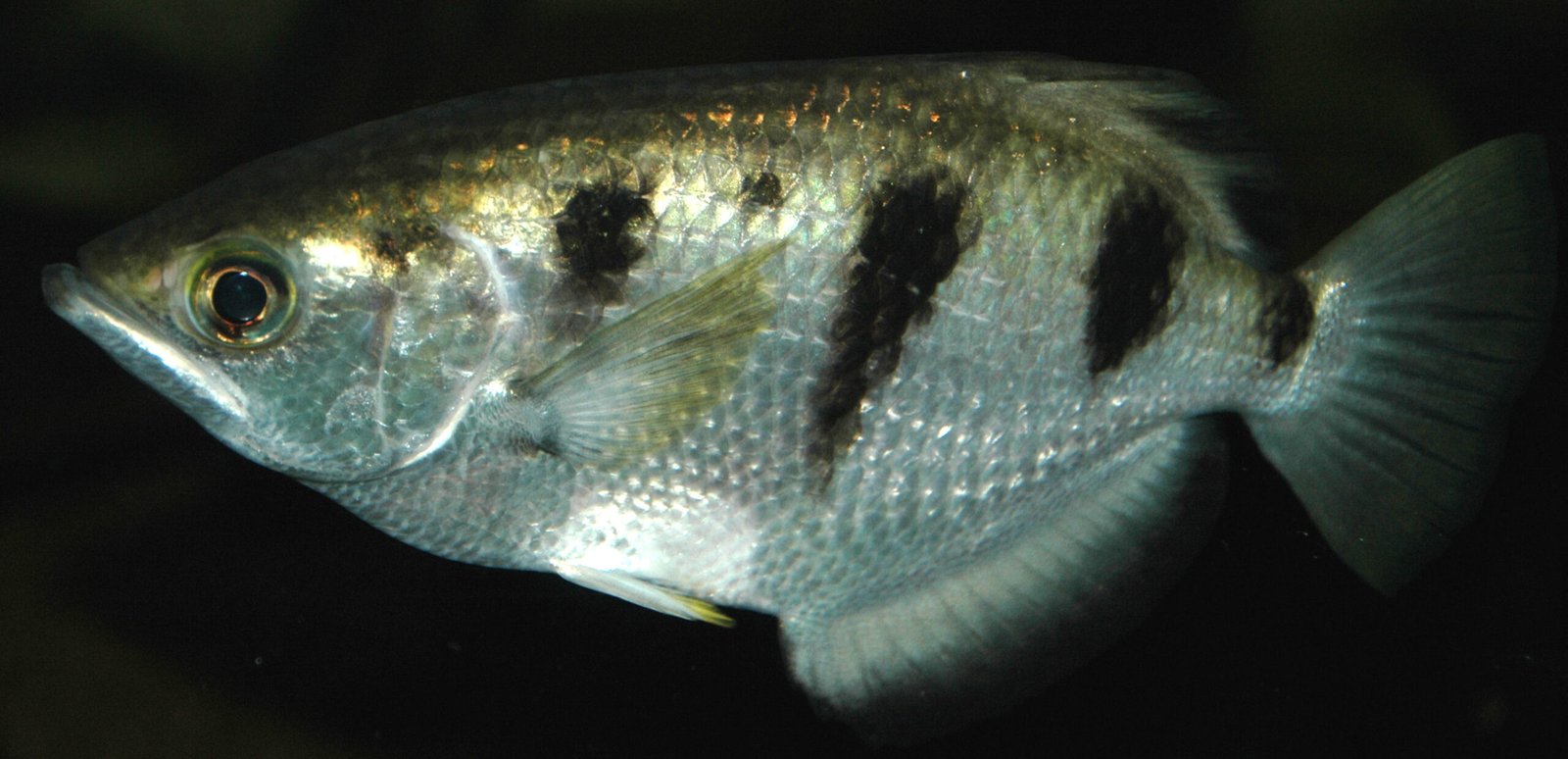
Archerfish stand below overhanging branches and blast insects with water bullets, then sprint to scoop the falling prize. Their jets start slow and end fast, so later fluid catches up to earlier fluid, merging into a compact strike that hits harder than a steady stream. They also compensate for optical tricks at the air–water boundary, adjusting aim so the jet lands where the eye thinks it shouldn’t.
On land, spitting cobras weaponize venom as a defensive spray, lifting and fanning their heads to paint a tight pattern at the height of an attacker’s eyes. The range often stretches to several feet, and the pain is immediate, forcing a retreat without a full strike. The first time I filmed one from behind safety glass, the precision felt unnerving – like watching a practiced goalkeeper never miss the ball.
Sticky Ammunition, Instant Snares
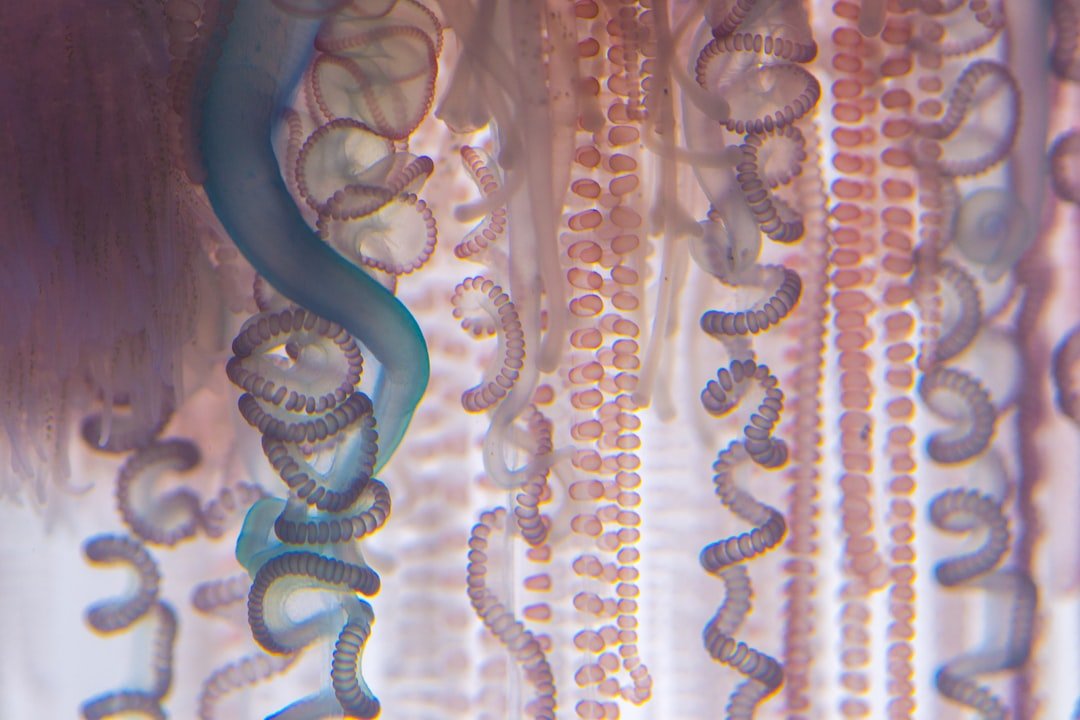
Velvet worms fire twin streams of protein slime from nozzles flanking the mouth, and those nozzles oscillate so quickly that the strands cross-weave into a net mid-flight. The slime stiffens as it cools, turning a writhing cricket into a neatly wrapped package ready for a bite. Researchers dissect the trick with high-speed imaging and rheology, finding a sweet spot where the jet leaves the body fluid but lands as a snare.
Spitting spiders use a different recipe: a zigzag spray of silk laced with venom that glues prey in place before any fangs engage. The mouthparts flick back and forth to lay down a crisscrossed ribbon at lightning speed, essentially 3D printing a trap across the target. In both cases, the mouth is an engineer’s nozzle, with geometry doing as much work as muscle.
Tongue Traps That Outrun Nerves
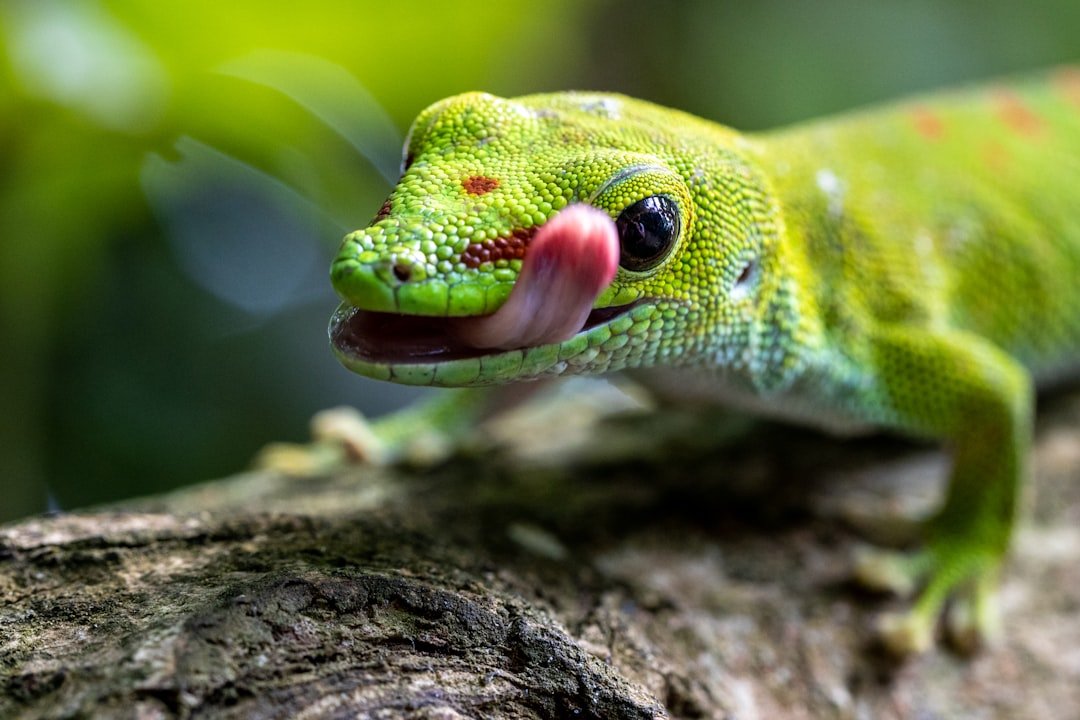
Chameleons don’t chomp; they launch. Elastic tissues in the tongue apparatus store energy and release it faster than muscle alone can manage, snapping a sticky tip onto a fly in a time window too short for the prey’s neural system to react. The mucus at the tip is unusually viscous, helping the tongue hold on as it reels the catch back like a living tape measure.
Toads add a different twist by changing saliva behavior on impact. The saliva flows easily during the slap, spreading across the insect, then thickens during withdrawal, clamping down when the tongue yanks home. It’s a mouth-driven trap that toggles from slippery to stubborn at exactly the right micro-moment.
The Bite That Drills and Siphons

Sea lampreys turn a round mouth into a suction cup ringed with rasping tooth-like structures, clearing a patch of skin and sipping blood with help from anticoagulant secretions. The approach is more carpenter than predator, a patient grind that defeats scales and hides rather than a single theatrical strike. It’s effective enough to disrupt fisheries where lampreys invade new waters.
Cookiecutter sharks take suction to a dramatic conclusion. They latch onto larger animals – or even floating gear – then twist with a bandsaw-like lower jaw to extract a tidy plug of flesh, leaving circular scars that mark their passing. In a dark ocean, that technique is the perfect heist: quick, brutal, and surprisingly tidy.
From Ancient Tools to Modern Science

Naturalists once sketched these feats with ink and wonder; now, scientists parse them with high-speed cameras, X-ray motion capture, and fluid-tracking dyes. Frames roll at thousands per second to catch a spider’s zigzag or a fish’s jet shaping itself in air, while algorithms convert motion into forces, pressures, and flow fields. The shift mirrors a broader revolution in biomechanics, where intuition gives way to testable, sharable models.
That rigor feeds engineering. Designers copy the archerfish’s “unsteady” jet to deliver precise droplets in agriculture, and they study toad saliva to imagine reversible adhesives that stick hard yet cleanly release. Even the velvet worm’s oscillating nozzles inspire micro-sprayers that lay down fibers without physical contact, cutting wear and heat in tiny machines.
Why It Matters

Mouth-made weapons show how biology solves problems we still struggle with: how to aim soft matter, trigger fast energy release, and switch materials from runny to rigid on demand. Traditional tools often rely on hard parts and constant power, but these animals do more with less, exploiting elasticity, geometry, and clever timing. That approach promises devices that are safer, quieter, and more energy efficient than many mechanical stand-ins.
The stakes aren’t just technical. Spitting cobras shape how communities approach snakebite safety, emphasizing eye protection for field workers and rapid irrigation of exposures. Lamprey control remains a cornerstone of Great Lakes management, balancing invasive species impacts with river health. When biology and public life intersect at the mouth, policy gets very practical, very fast.
The Future Landscape
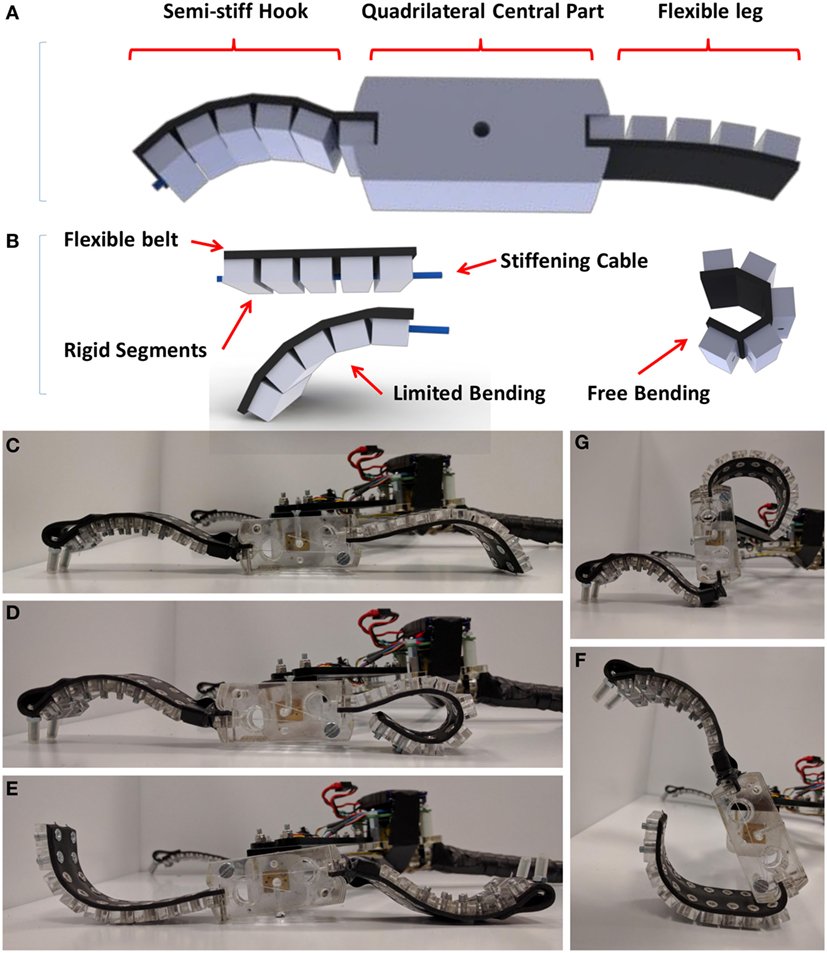
Expect breakthroughs at the frontier of soft robotics, where elastomer tongues and variable-viscosity glues may pick fruit without bruising or place delicate electronics without residue. Portable high-speed imaging will move from lab benches to field packs, catching rare behaviors in the wild and expanding what we know beyond a few well-studied species. Machine learning will help map motion patterns to outcomes, speeding the leap from slow-motion footage to working prototypes.
There’s a climate edge to this story too. Range shifts could bring spitting cobras into closer contact with expanding farms or push lampreys into stressed rivers where control options are limited. Conservation will need to protect species like velvet worms that rely on damp microhabitats, even as cities and agriculture remake the ground. The next decade will test whether we can learn from these weapons without losing the animals that perfected them.
Conclusion
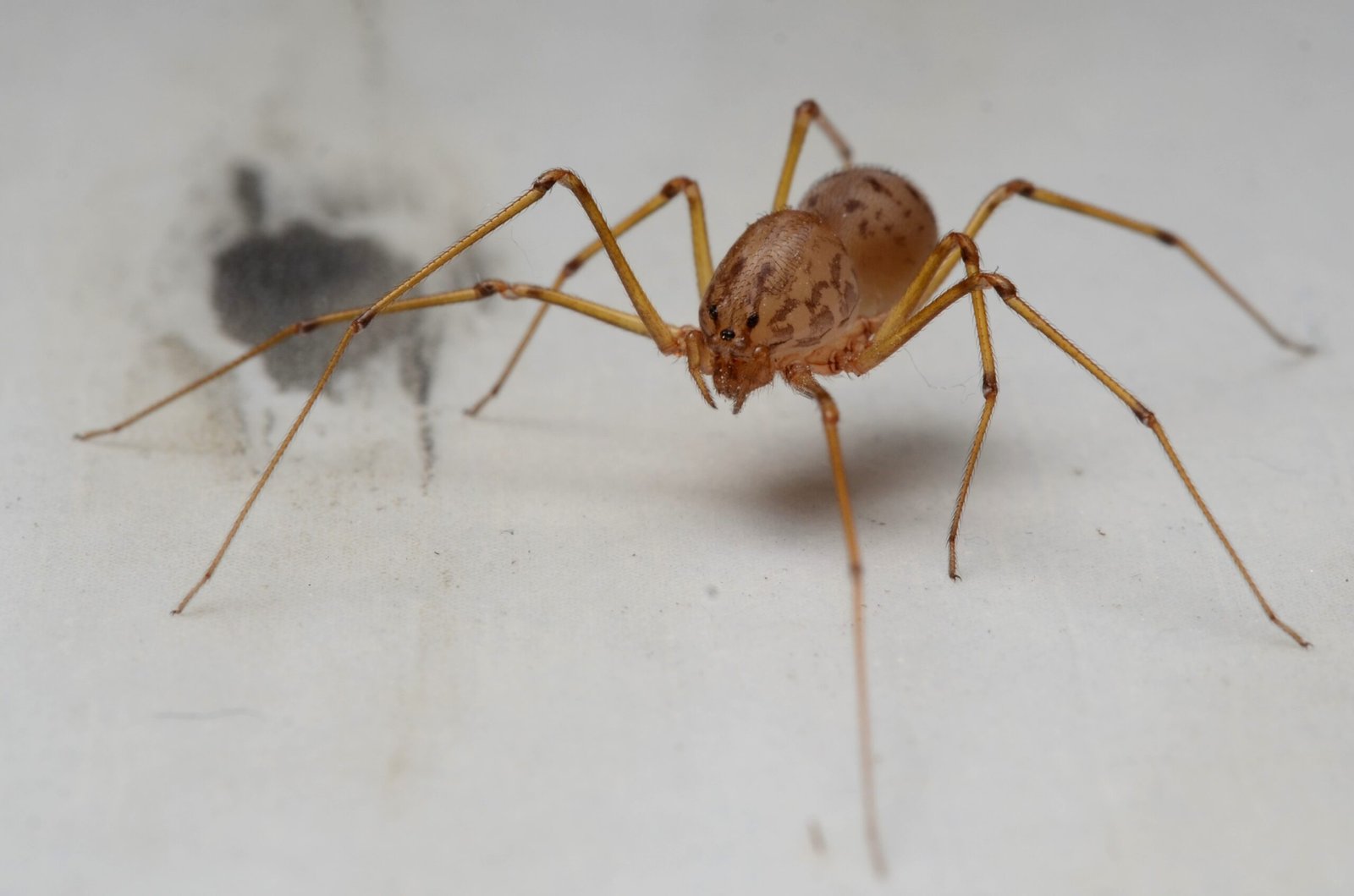
Watch closely and share what you see: a phone video of an archerfish or a spitting spider, labeled with place and date, can become real data. Support local herpetology and entomology groups that train field teams and document changing ranges, and encourage wildlife centers to add protective eyewear and first-aid training where snake encounters are common. If you work in design or medicine, bring these biological playbooks to the table – ask how a glue that stiffens on command or a jet that “self-focuses” could solve your next problem.
Most of all, help keep habitats intact so these mouth-born marvels can keep surprising us. The smartest tools we build tomorrow may start with a humble spit today – so what ingenious trick did you not expect to come from a mouth?

Suhail Ahmed is a passionate digital professional and nature enthusiast with over 8 years of experience in content strategy, SEO, web development, and digital operations. Alongside his freelance journey, Suhail actively contributes to nature and wildlife platforms like Discover Wildlife, where he channels his curiosity for the planet into engaging, educational storytelling.
With a strong background in managing digital ecosystems — from ecommerce stores and WordPress websites to social media and automation — Suhail merges technical precision with creative insight. His content reflects a rare balance: SEO-friendly yet deeply human, data-informed yet emotionally resonant.
Driven by a love for discovery and storytelling, Suhail believes in using digital platforms to amplify causes that matter — especially those protecting Earth’s biodiversity and inspiring sustainable living. Whether he’s managing online projects or crafting wildlife content, his goal remains the same: to inform, inspire, and leave a positive digital footprint.

